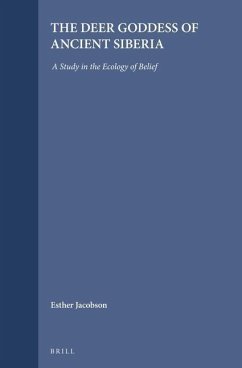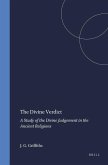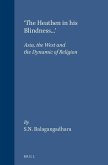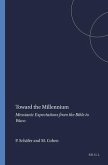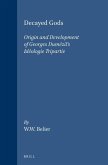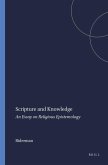Central to this study is the image of the deer within the iconography of the Early Nomads of South Siberia. By examining the symbolic structures revealed in the art and archaeology of the Early Nomads, the author challenges existing theories regarding Early Nomadic cosmology. The reconstruction of meanings embedded in the deer image carries the investigation back to rock carvings, paintings, and monolithic stelae of South Siberia and northern Central Asia, from the Neolithic period down through the early Iron Age. The succession of images dominating that artistic tradition is considered against the background of cultures -- including the Baykal Neolithic Afanasevo, Okunev, Andronovo, and Karasuk -- evolving from a hunting-fishing dependency to a dependency on livestock. The archaic mythic traditions of specific Siberian groups are also found to lend critical detail to the changing symbolic systems of South Siberia.

